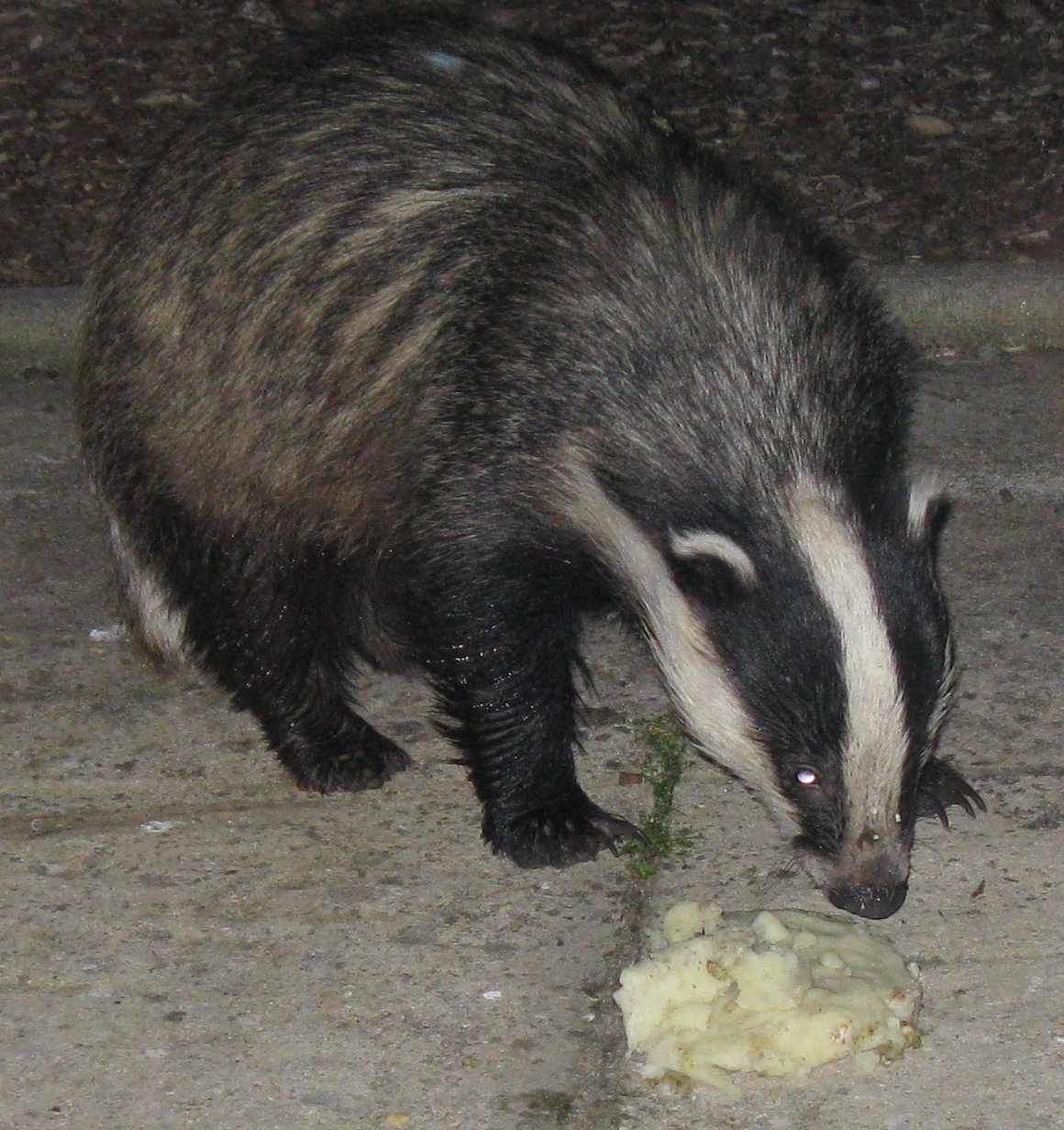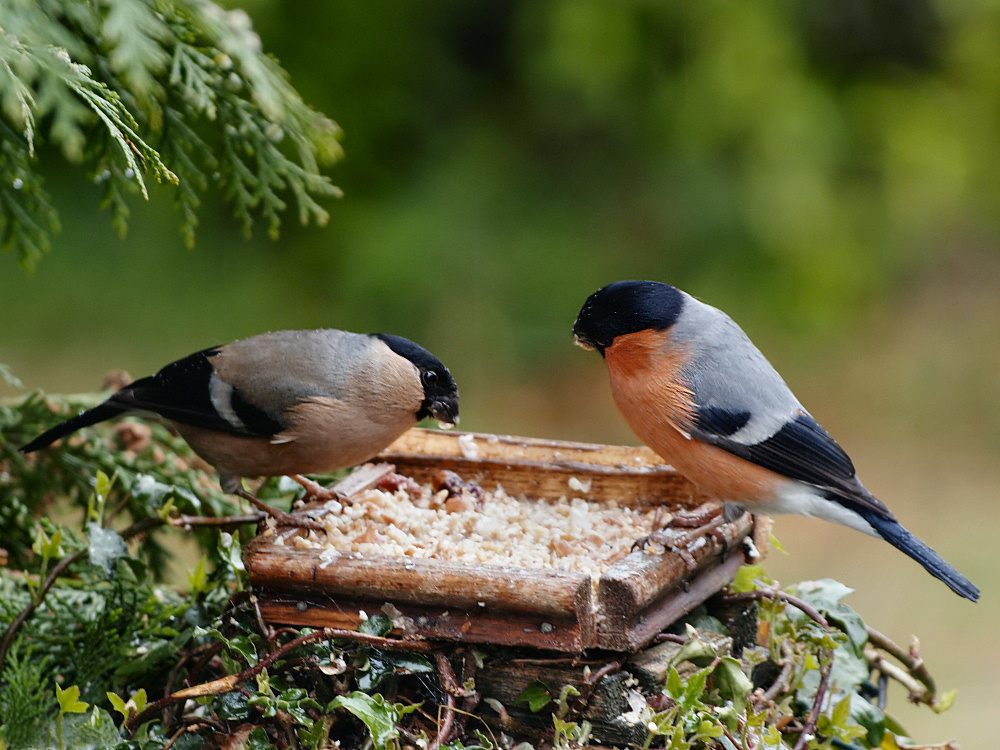|
Farley Copse
Farley Copse is a Local Nature Reserve on the western outskirts of Bracknell in Berkshire. It is owned and managed by Bracknell Forest Borough Council. Geography and site This site is ancient woodland, and contains a pond. History Farley Copse was once part of a large estate belonging to the Edwardian Farley Moor House. In 2002 the site was declared as a local nature reserve by Bracknell Forest Borough Council. Fauna The site has the following fauna: Mammals *Roe deer *European badger Invertebrates *Large red damselfly *Stag beetle *''Libellula depressa'' Birds *Eurasian bullfinch Flora The site has the following flora: Trees *''Sequoiadendron giganteum'' Plants *''Anemone nemorosa'' *''Hyacinthoides non-scripta ''Hyacinthoides non-scripta'' (formerly ''Endymion non-scriptus'' or ''Scilla non-scripta'') is a bulbous perennial plant, found in Atlantic areas from north-western Spain to the British Isles, and also frequently used as a garden plant. It is . ... [...More Info...] [...Related Items...] OR: [Wikipedia] [Google] [Baidu] |
Bracknell
Bracknell () is a large town and civil parish in Berkshire, England, the westernmost area within the Greater London Built-up Area, Greater London Urban Area and the administrative centre of the Bracknell Forest, Borough of Bracknell Forest. It lies to the east of Reading, Berkshire, Reading, south of Maidenhead, southwest of Windsor, Berkshire, Windsor and west of central London. Originally a market village and part of the Windsor Great Forest, Bracknell experienced a period of huge growth during the mid-20th century when it was declared a New towns in the United Kingdom, new town. Planned at first for a population of 25,000, Bracknell New Town was further expanded in the late 1960s to accommodate a population of 60,000. As part of this expansion, Bracknell absorbed many of the surrounding hamlets including Easthampstead, Ramslade and Old Bracknell. As of 2021, Bracknell Forest has an estimated population of around 113,205 (Census 2021). It is a commercial centre and the UK h ... [...More Info...] [...Related Items...] OR: [Wikipedia] [Google] [Baidu] |
Berkshire
Berkshire ( ; in the 17th century sometimes spelt phonetically as Barkeshire; abbreviated Berks.) is a historic county in South East England. One of the home counties, Berkshire was recognised by Queen Elizabeth II as the Royal County of Berkshire in 1957 because of the presence of Windsor Castle, and letters patent were issued in 1974. Berkshire is a county of historic origin, a ceremonial county and a non-metropolitan county without a county council. The county town is Reading. The River Thames formed the historic northern boundary, from Buscot in the west to Old Windsor in the east. The historic county, therefore, includes territory that is now administered by the Vale of White Horse and parts of South Oxfordshire in Oxfordshire, but excludes Caversham, Slough and five less populous settlements in the east of the Royal Borough of Windsor and Maidenhead. All the changes mentioned, apart from the change to Caversham, took place in 1974. The towns of Abingdon, Didcot, Far ... [...More Info...] [...Related Items...] OR: [Wikipedia] [Google] [Baidu] |
Bracknell Forest Borough Council
Bracknell Forest Council, also known as Bracknell Forest Borough Council is the local authority of Bracknell Forest in Berkshire, England. It is a unitary authority, having the powers of a non-metropolitan county and district council combined. It consists of 42 councillors that are elected from 18 wards. Premises The council was originally based at Easthampstead House in Town Square, Bracknell, which had been built in 1970 for its predecessor authority, Easthampstead Rural District Council. In 1997 the council acquired additional office space in a modern building called Time Square on Market Street, Bracknell, with functions split between the two buildings for a time. Council meetings continued to be held at Easthampstead House until a new council chamber was created in Time Square in 2018, after which the council vacated Easthampstead House and is now solely based at Time Square. See also * Bracknell Forest local elections Bracknell Forest Borough Council is the local auth ... [...More Info...] [...Related Items...] OR: [Wikipedia] [Google] [Baidu] |
Roe Deer
The roe deer (''Capreolus capreolus''), also known as the roe, western roe deer, or European roe, is a species of deer. The male of the species is sometimes referred to as a roebuck. The roe is a small deer, reddish and grey-brown, and well-adapted to cold environments. The species is widespread in Europe, from the Mediterranean to Scandinavia, from Scotland to the Caucasus, and east to northern Iran and Iraq. Etymology English ''roe'' is from Old English ''rā'' or ''rāha'', from Proto-Germanic ''*raihô'', cognate with Old Norse ''rá'', Old Saxon ''rēho'', Middle Dutch and Dutch ''ree'', Old High German ''rēh'', ''rēho'', ''rēia'', German ''Reh''. It is perhaps ultimately derived from a PIE root ''*rei-'', meaning "streaked, spotted or striped". The word is attested on the 5th-century Caistor-by-Norwich astragalus -a roe deer talus bone, written in Elder Futhark as , transliterated as ''raïhan''. In the English language, this deer was originally simply called a 'roe', b ... [...More Info...] [...Related Items...] OR: [Wikipedia] [Google] [Baidu] |
European Badger
The European badger (''Meles meles''), also known as the Eurasian badger, is a badger species in the family Mustelidae native to almost all of Europe. It is classified as least concern on the IUCN Red List as it has a wide range and a large stable population size, and is thought to be increasing in some regions. Several subspecies are recognized with the nominate subspecies (''M. m. meles'') predominating in most of Europe. In Europe, where no other badger species commonly occurs, it is generally just called the "badger". The European badger is a powerfully built, black, white, brown, and grey animal with a small head, a stocky body, small, black eyes, and short tail. Its weight varies, being 7–13 kg (15–29 lb) in spring, but building up to 15–17 kg (33–37 lb) in autumn before the winter sleep period. It is nocturnal and is a social, burrowing animal that sleeps during the day in one of several setts in its territorial range. These burrows have multipl ... [...More Info...] [...Related Items...] OR: [Wikipedia] [Google] [Baidu] |
Large Red Damselfly
The large red damselfly (''Pyrrhosoma nymphula'') is a species of damselflies belonging to the family Coenagrionidae. It is native to the western Palearctic. Distribution This species is a mainly European damselfly, with some populations in Northern Africa and Western Asia. Habitat These damselflies inhabit small ponds, lakes and dikes, and occasionally slow-moving rivers. They tend to avoid fast flowing water. Description ''Pyrrhosoma nymphula'' can reach a body length of . These large and robust damselflies show black legs and wing spots in both sexes. Mature males have red eyes and a black thorax with red shoulder stripes in mature specimen, but yellow stripes in immature. In fact ante-humeral stripes change to red with age. Abdomen is red with black small rings and bronze-black bands towards the apex (segments 7-9). Wings are hyaline, with a blackish pterostigma. Mature females occur in three colour forms (''typical'', ''fulvipes'' and ''melanotum''), from mostly black to ... [...More Info...] [...Related Items...] OR: [Wikipedia] [Google] [Baidu] |
Stag Beetle
Stag beetles are a family of about 1,200 species of beetles in the family Lucanidae, currently classified in four subfamilies.Smith, A.B.T. (2006). A review of the family-group names for the superfamily Scarabaeoidea (Coleoptera) with corrections to nomenclature and a current classification. The Coleopterists Bulletin 60:144–204. Some species grow to over , but most to about . Overview The English name is derived from the large and distinctive mandibles found on the males of most species, which resemble the antlers of stags. A well-known species in much of Europe is ''Lucanus cervus'', referred to in some European countries (including the United Kingdom) as ''the'' stag beetle; it is the largest terrestrial insect in Europe. Pliny the Elder noted that Nigidius called the beetle ''lucanus'' after the Italian region of Lucania where they were used as amulets. The scientific name of ''Lucanus cervus'' adds ''cervus'', deer. Male stag beetles are known for their oversize mandi ... [...More Info...] [...Related Items...] OR: [Wikipedia] [Google] [Baidu] |
Libellula Depressa
''Libellula depressa'', the broad-bodied chaser or broad-bodied darter,Hart. M., et al, (1978), ''The Naturetrail Omnibus'', London: Usborne Publishing Limited, page 157 is one of the most common dragonflies in Europe and central Asia. It is very distinctive with a very broad flattened abdomen, four wing patches and, in the male, the abdomen becomes pruinose blue. Identification The male and female have a broad, flattened abdomen which is brown with yellow patches down the sides. In the male the abdomen develops a blue pruinosity that covers the brown colour. Both fore and hind wings have a dark patch at the base. Both the male and female have broad antehumeral stripes. The average wingspan is approximately 70 mm. ''L. depressa'' is very distinctive and should not be confused with any other dragonflies in the region. Distribution and habitat ''L. depressa'' is found in central and southern Europe, central Asia and the Middle East. It range extends northwards to ... [...More Info...] [...Related Items...] OR: [Wikipedia] [Google] [Baidu] |
Eurasian Bullfinch
The Eurasian bullfinch, common bullfinch or bullfinch (''Pyrrhula pyrrhula'') is a small passerine bird in the finch family, Fringillidae. In Anglophone Europe it is known simply as the bullfinch, as it is the original bird to bear the name bullfinch. Taxonomy and systematics The Eurasian bullfinch was formally described in 1758 by Linnaeus in the 10th edition of his ''Systema Naturae'' under the binomial name ''Loxia pyrrhula''. It is now placed in the genus ''Pyrrhula'' that was introduced in 1760 by the French zoologist Mathurin Jacques Brisson. The Latin word ''pyrrhula'' comes from the Greek ''πυρρός'' (a flame-coloured bird, from πυρρός flame coloured, from ''πυρ'' fire : Pyrrha), a 'worm eating bird' that is mentioned by Aristotle. The Latin name ''pyrrhula'' for the Eurasian bullfinch had been used in 1555 by the Swiss naturalist Conrad Gesner in his '' Historiae animalium''. Subspecies Ten subspecies are recognised: * ''P. p. pileata'' MacGillivray, W, ... [...More Info...] [...Related Items...] OR: [Wikipedia] [Google] [Baidu] |
Sequoiadendron Giganteum
''Sequoiadendron giganteum'' (giant sequoia; also known as giant redwood, Sierra redwood, Sierran redwood, California big tree, Wellingtonia or simply big treea nickname also used by John Muir) is the sole living species in the genus ''Sequoiadendron'', and one of three species of coniferous trees known as Sequoioideae, redwoods, classified in the family Cupressaceae in the subfamily Sequoioideae, together with ''Sequoia sempervirens'' (coast redwood) and ''Metasequoia glyptostroboides'' (dawn redwood). Giant sequoia specimens are the most massive trees on Earth. The common use of the name ''sequoia'' usually refers to ''Sequoiadendron giganteum'', which occurs naturally only in groves on the western slopes of the Sierra Nevada (U.S.), Sierra Nevada mountain range of California. The giant sequoia is listed as an endangered species by the IUCN, with fewer than 80,000 trees remaining. Since its last assessment as an endangered species in 2011, it was estimated that another 13–19% ... [...More Info...] [...Related Items...] OR: [Wikipedia] [Google] [Baidu] |
Anemone Nemorosa
''Anemonoides nemorosa'' (syn. ''Anemone nemorosa''), the wood anemone, is an early-spring flowering plant in the buttercup family Ranunculaceae, native to Europe. Other common names include windflower, European thimbleweed, and smell fox, an allusion to the musky smell of the leaves. It is a perennial herbaceous plant growing tall. Description ''Anemonoides nemorosa'' is a rhizomatous herbaceous perennial plant less than in height. The compound basal leaves are palmate or ternate (divided into three lobes). They grow from underground root-like stems called rhizomes and die back down by mid summer (summer dormant). The plants start blooming in spring, March to May in the British Isles soon after the foliage emerges from the ground. The flowers are solitary, held above the foliage on short stems, with a whorl of three palmate or palmately-lobed leaflike bracts beneath. The flowers are diameter, with six or seven (and on rare occasions eight to ten) tepals (petal-like segments) ... [...More Info...] [...Related Items...] OR: [Wikipedia] [Google] [Baidu] |

.jpg)





_(d.j.b.).jpg)